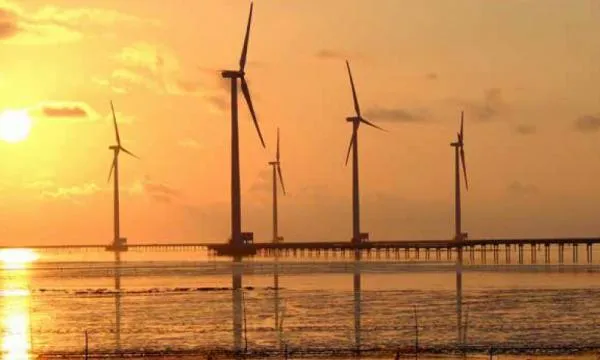
Taiwan to change up offshore wind reforms after backlash
It initially proposed to cut feed-in tariffs and amend fee structures that would reduce payments to developers.
Bloomberg reports that Taiwan is likely to amend its policy proposals that would slash feed-in tariffs (FIT) for offshore wind projects by 12.71% and set limitations on some projects amidst backlash from developers.
Chen Chung-hsien, director at the energy technology division of the Bureau of Energy, said that information collected from a public consultation could bolster the case for raising the proposed FITs for 2019. A review panel will meet on 30 January to make a final decision on the tariff, he added.
In April 2018, Taiwan agreed to give space in its electrical grid for about 3.8GW of offshore wind and pay project developers 19 cents per hour as long as they signed power purchase agreements (PPA) with Taiwan Power Co. (Taipower) to guarantee the rates.
In November 2018, the Ministry of Economic Affairs (MOEA) proposed that PPAs signed within the year would get FITs of 17 cents, a reduction of 12.7%. The country also decided it would limit payments to wind farms for only the first 3,600 hours of operations per year and end a fee structure that pays higher tariffs early in the project’s life.
Only WPD Offshore GmbH, which had signed deals for two of its three projects, and Swancor Holding Co., have PPAs at the 2018 rates.
“We have the confidence in the Taiwanese government to take the right decisions and come up with an updated proposal for the tariff,” Eike Schimanski, Taiwan-based project manager for WPD, told Bloomberg.
Taiwan eyes 6.7GW of offshore wind electricity, as well as massive increases in solar and natural gas, to help it move away from nuclear and coal.
Read the full report here.








![Cross Domain [Manu + SBR + ABF + ABR + FMCG + HBR + ]](https://cmg-qa.s3.ap-southeast-1.amazonaws.com/s3fs-public/styles/exclusive_featured_article/public/2025-01/earth-3537401_1920_4.jpg.webp?itok=WaRpTJwE)
![Cross Domain [SBR + ABR]](https://cmg-qa.s3.ap-southeast-1.amazonaws.com/s3fs-public/styles/exclusive_featured_article/public/2025-01/pexels-jahoo-867092-2_1.jpg.webp?itok=o7MUL1oO)









 Advertise
Advertise


